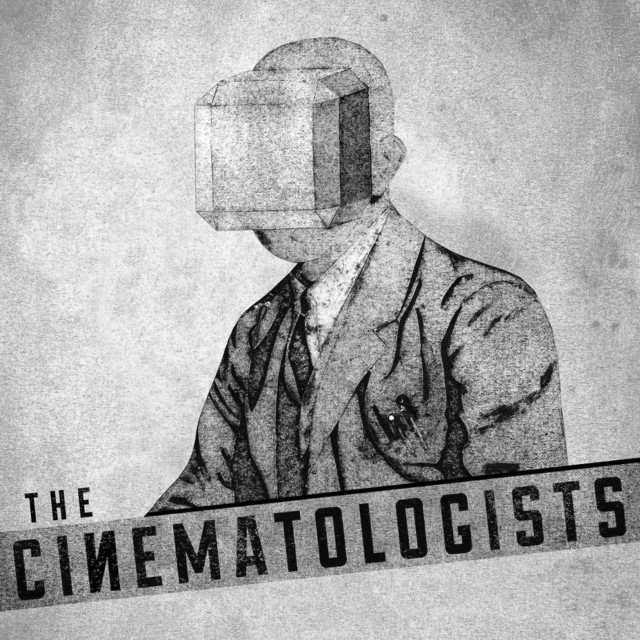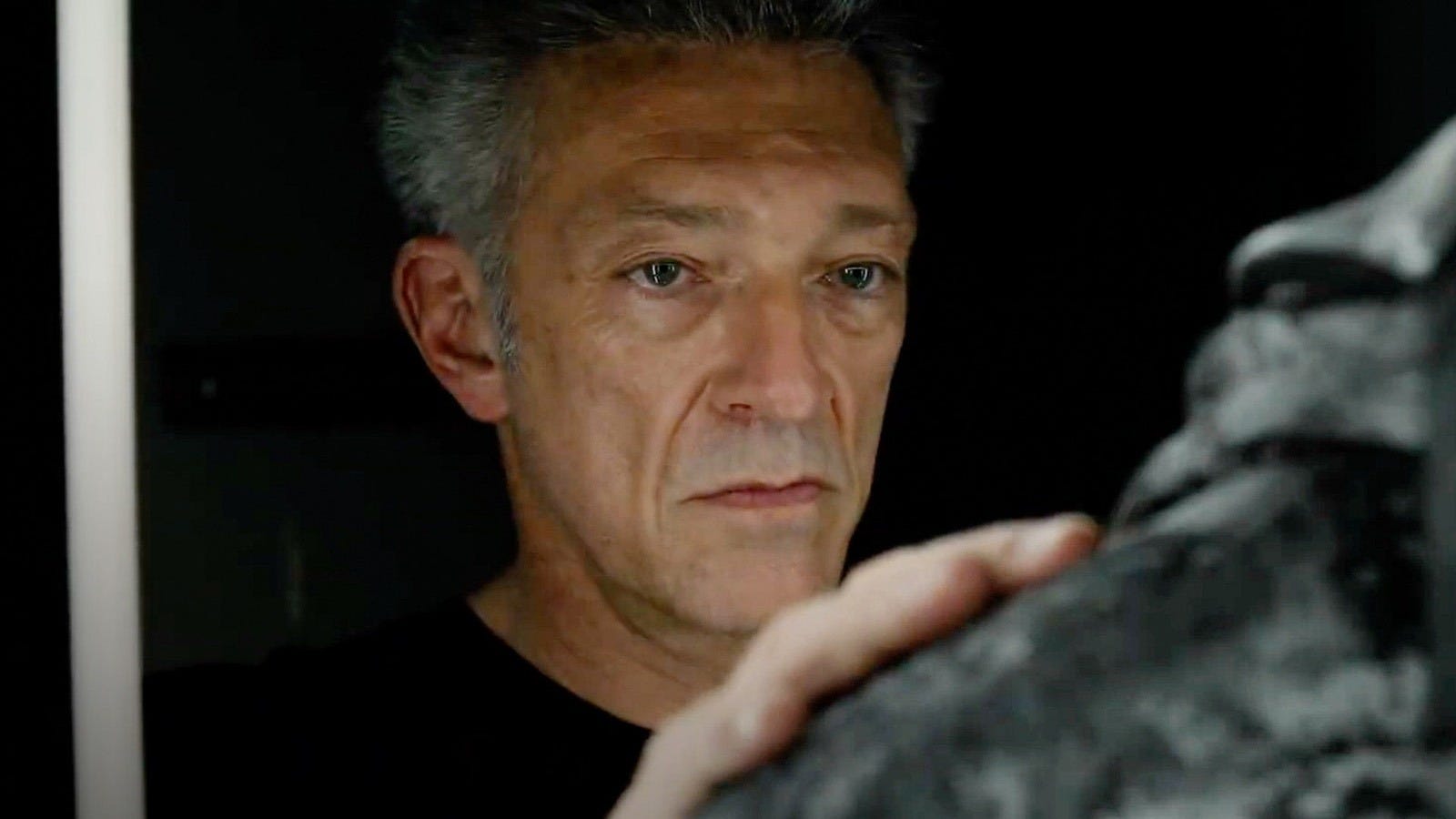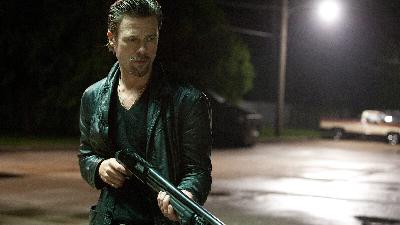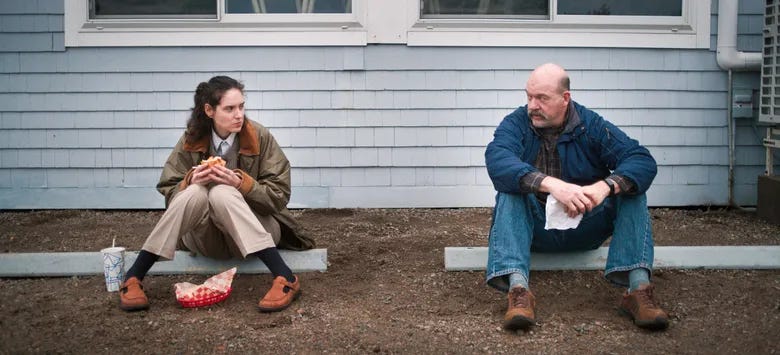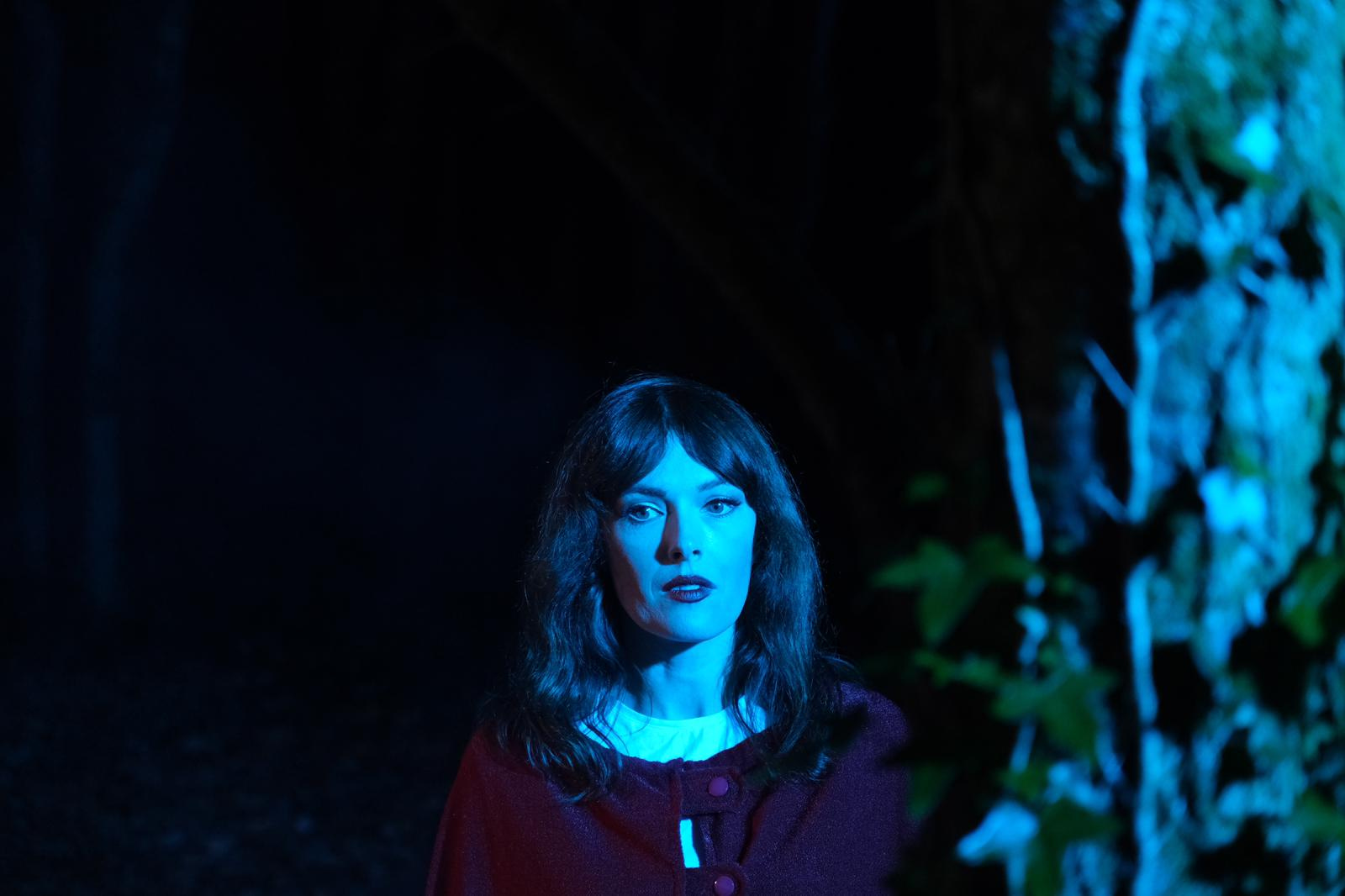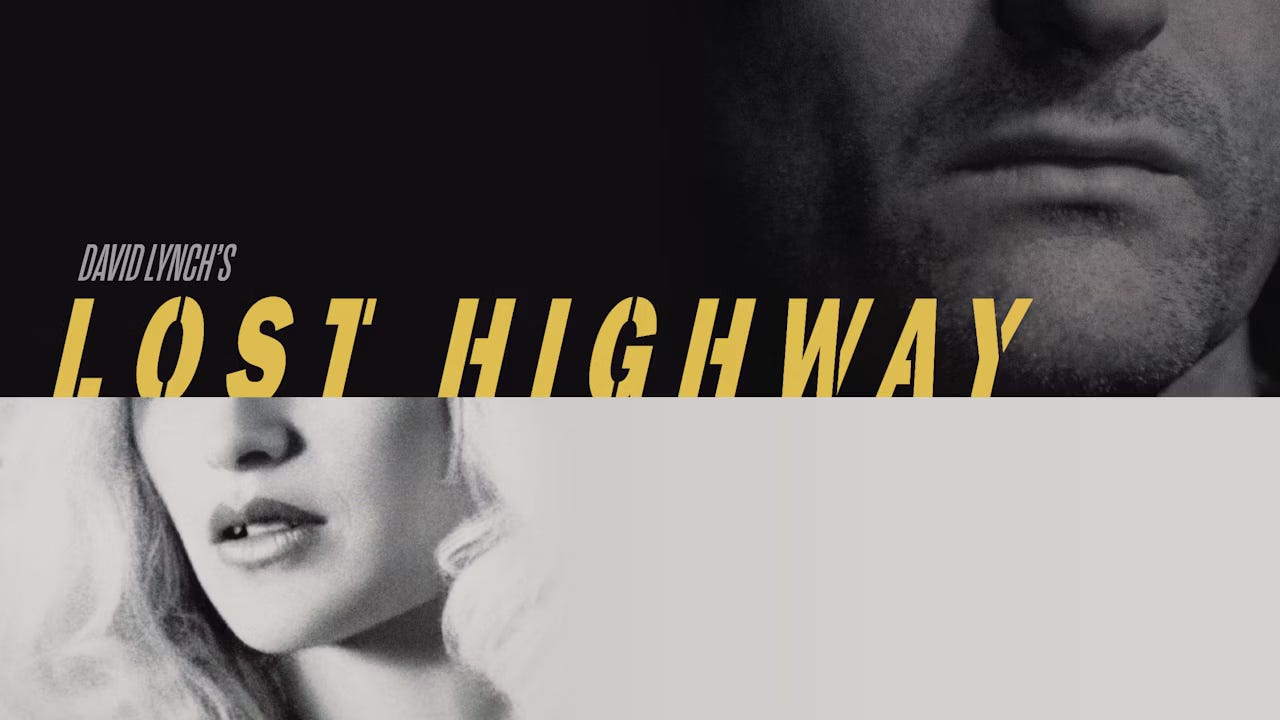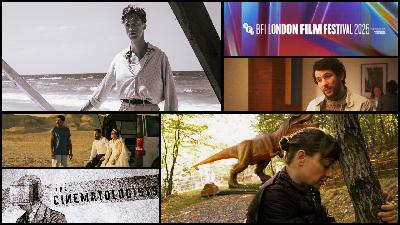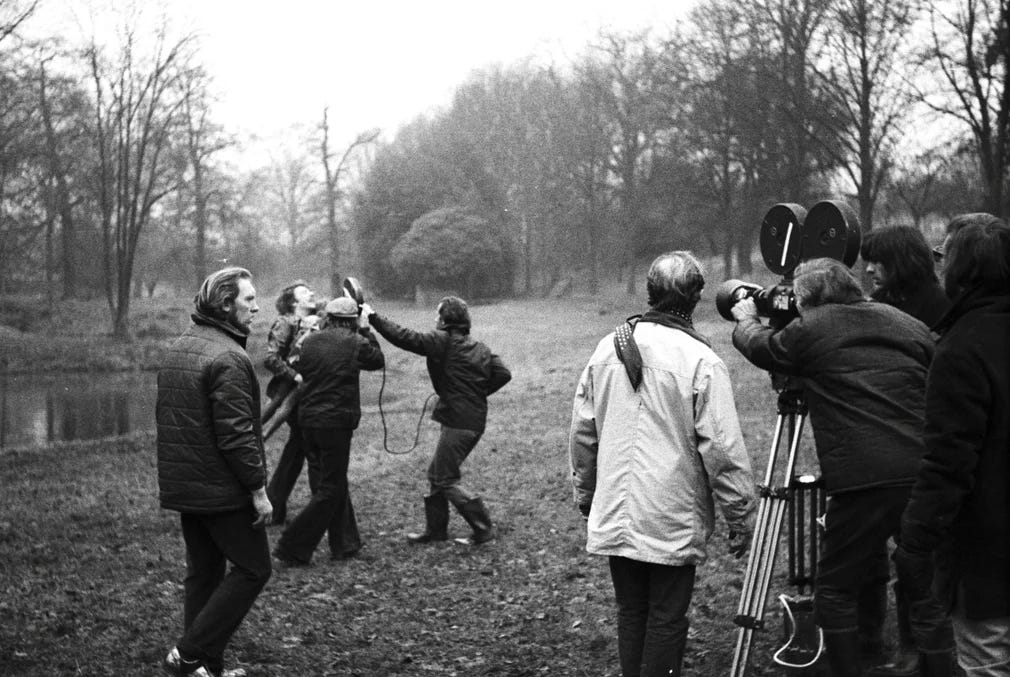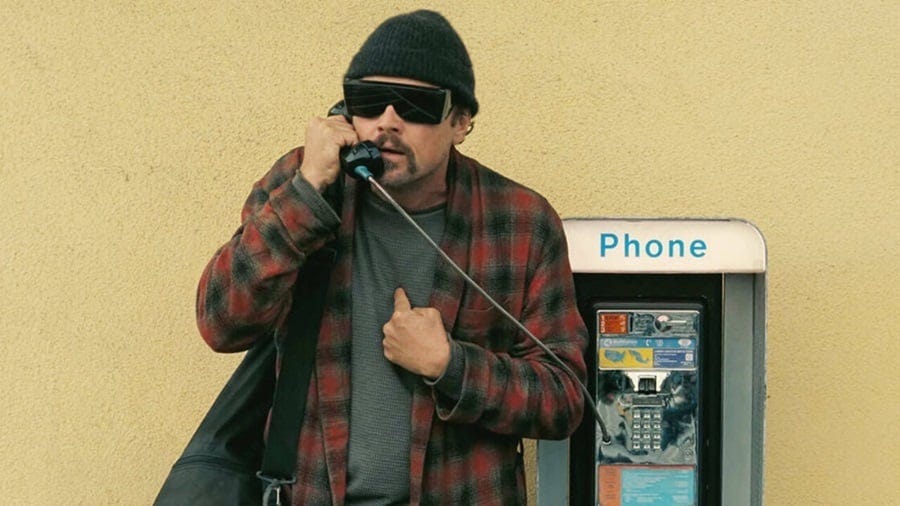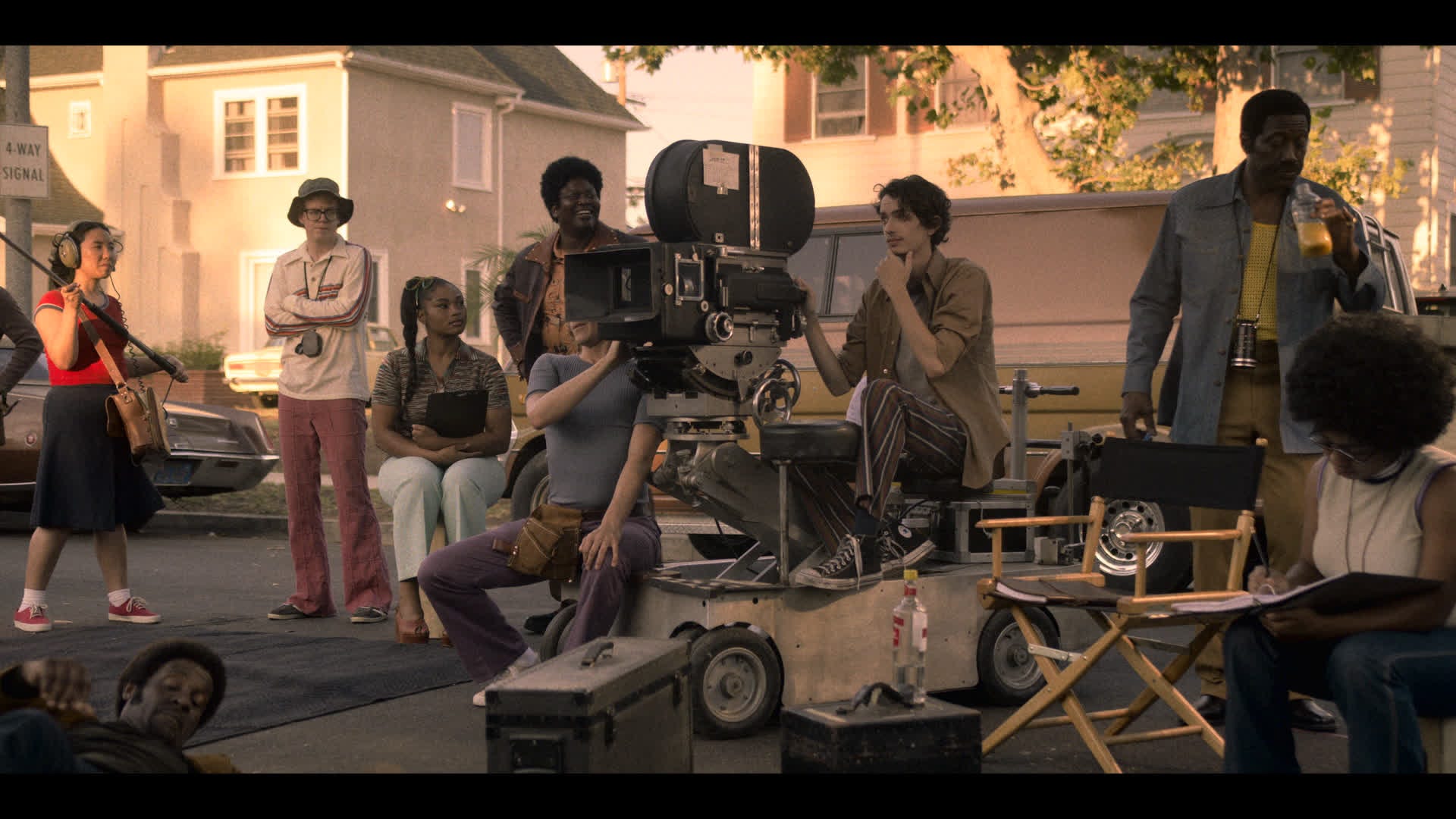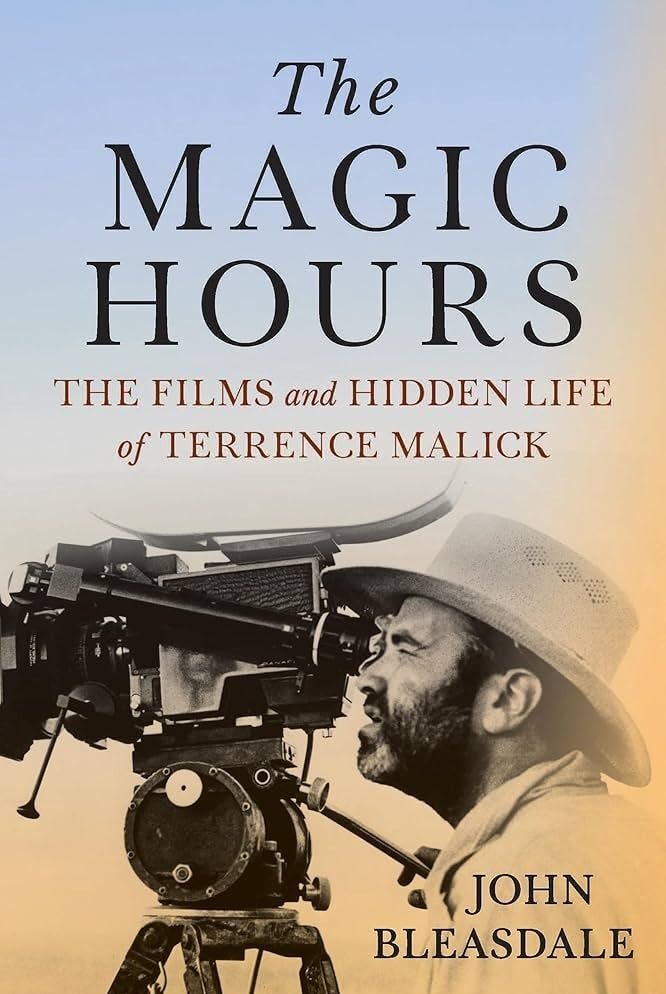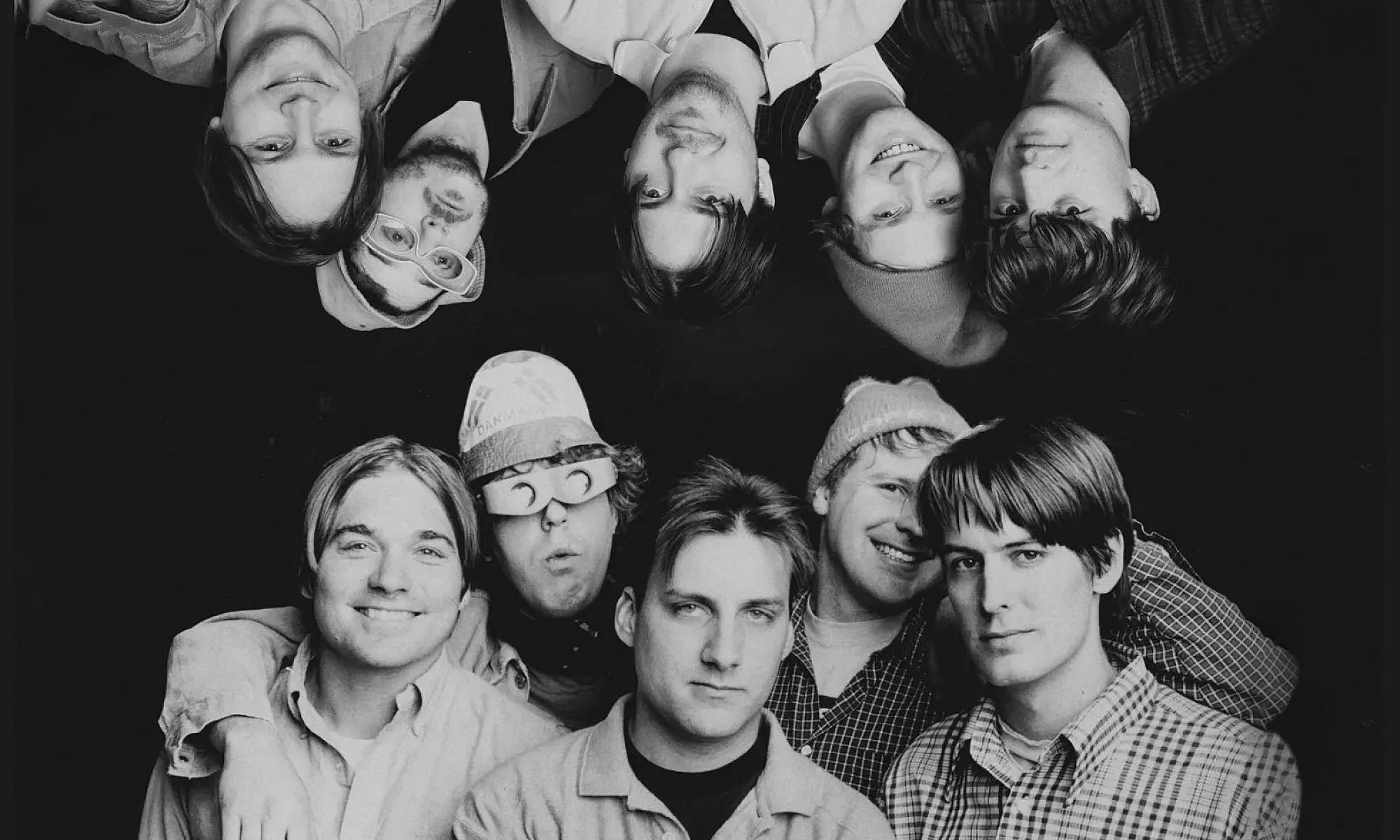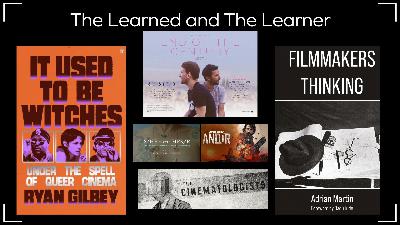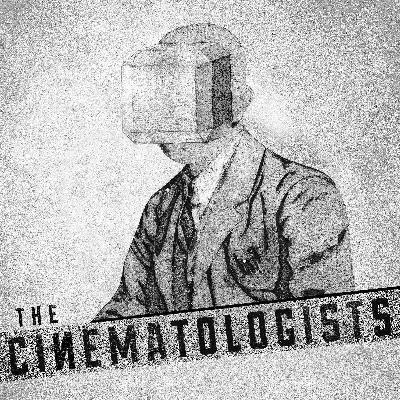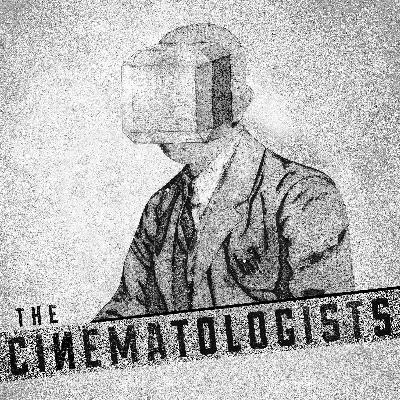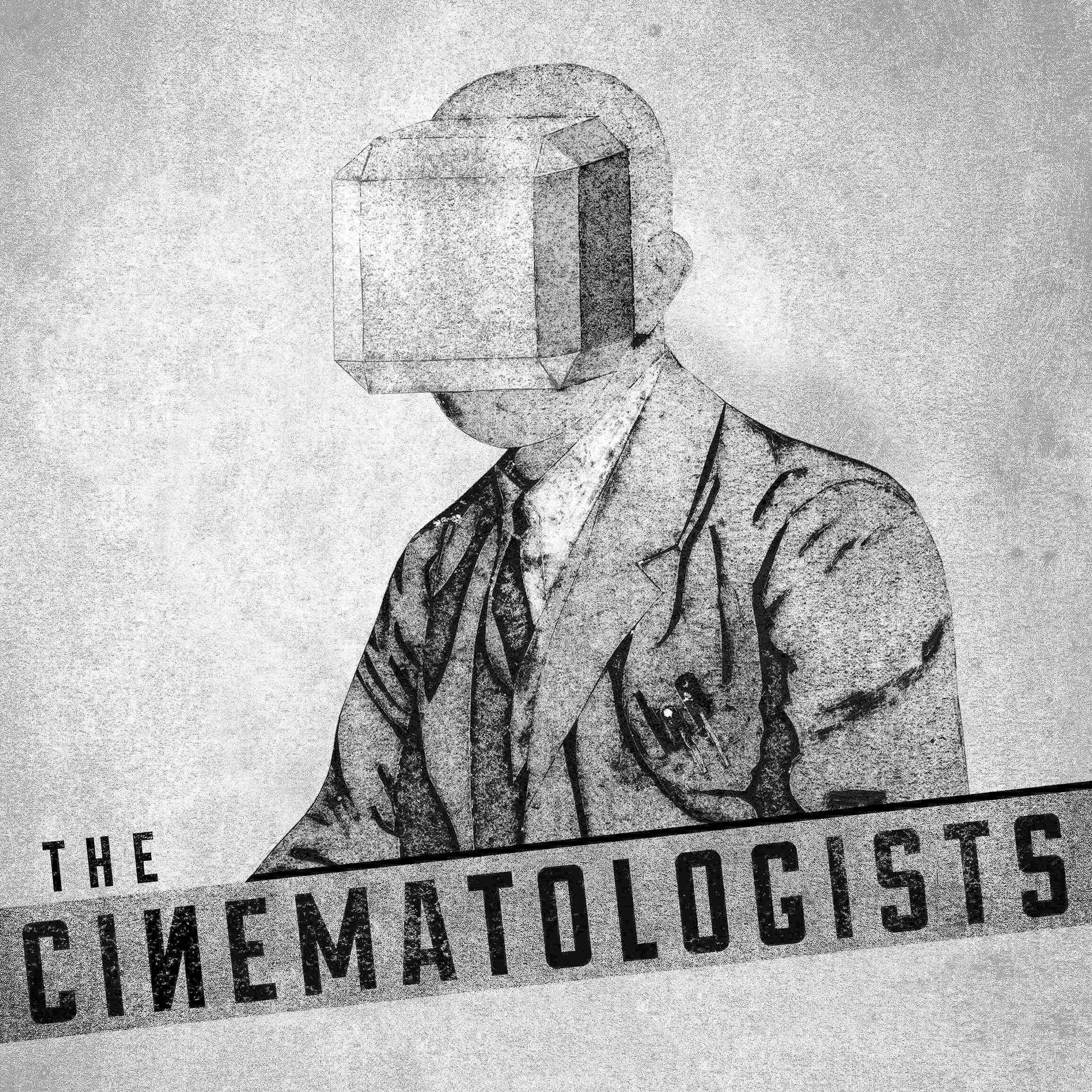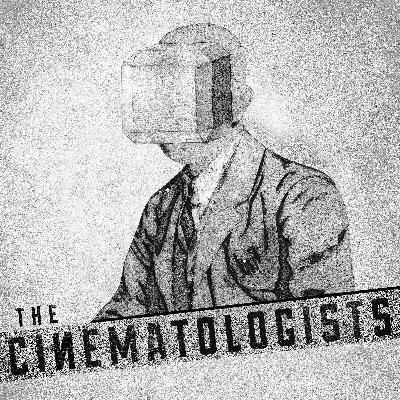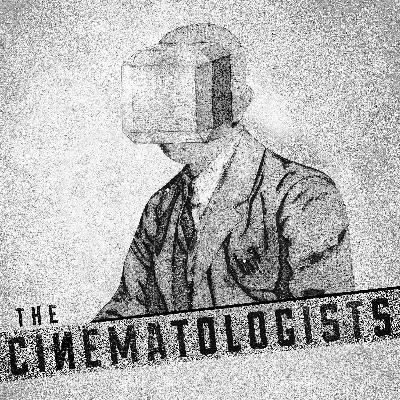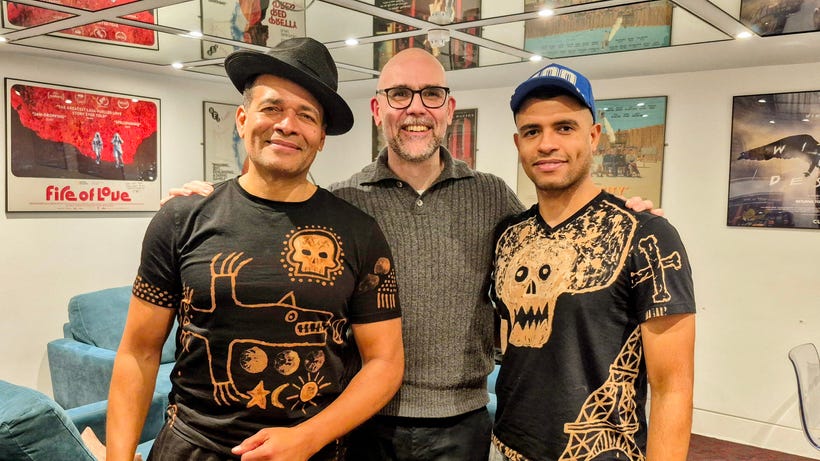On being Audio-Viewers: A response to FilmStack Challenge #4
Description
Welcome friends,
It’s been an somewhat frustrating uneven week of film watching and writing. London’s recent heatwaves have nudged my daily routine into what has become a typical summer cadence - work kicking off around 6am and tapering off by early afternoon. It’s a strategy to placate my internal productivity tyrant: my focus is aided by the cooler mornings by 2pm I’ve kinda reached the limit of writing energy.
This week though, the humdrum churn of life-admin has thrown a wrench into that flow. Those invisible hours spent on forms, emails, meetings, and the nebulous category of “developmental labour.”; the kind of tasks that don’t feed the present but one has to treat as investments in a deferred future.
To be honest, Wimbledon hasn’t helped either. I’ve been watching - and playing - a lot of tennis (not at Wimbledon I hasten to add). If I think back, July always ends up as the month with the lightest film consumption for me. But that’s fine. Taking a break from a specific aspect of one cultural life can be holistically rejuvenating.
What I have been watching, however, is a significant amount of student work. I'm currently supervising sixteen MA students on the Editing and Post-Production pathway, all working towards their final films. We had a full slate of tutorials on Monday, and - as always - there was a spectrum: some students presenting lucid, well-developed concepts with evidence of meaningful theoretical engagement, while others are still lost in the fog of first-draft thinking. Procrastination? Paralysis? Or just the slow gestation that creative work often demands? Or just outright laziness? As a teacher, one has to find a balance between gentle positive encouragement and lighting a fire under them.
What struck me mid-way through that day, however, was the number of students were gravitating toward sound. Not just as a technical component, but as a thematic and/or conceptual focus.
From experiments with film scores versus pop music in horror; to explorations of silence and non-silence in vertical editing structures; to reflexive work interrogating the female documentary voice, these students are wrestling with sonic textures as expressive tools. And that, in turn, got me thinking more acutely about my own long-standing interest in film sound. It’s an interest that's been shaped, deepened, and in some ways redefined by over a decade of podcasting and audio editing.
Once again, it’s been spooky how the cinematic gods of serendipity work. It’s been fascinating to read through responses to the latest Filmstack Challenge #4, hosted by the brilliant Swabreen Bakr. If you're not already following her Substack Anti-Brain Rot, do yourself a favour and subscribe immediately. Her ability to interweave personal narrative with cultural critique, supported by sharp resource curation, offers some of the most vital film writing out this platform.
Swabreen’s prompt for the FilmStack #4 challenge was:
“For this challenge, you can choose to share either your favorite needle drops, composers, themes, monologues, usage of voice-over narration, or directors who use soundtracks to further their storytelling. Expand upon how these key moments of sound usage helped to shape a scene or contributed to the emotions you had while watching it.”
It’s a elegant a timely provocation. But one that, as usual, had the potention to take me in various directions with the high chance of overthinking. But I also want to adopt the challenge in my own way. Primarily it offered me a chance to gather together strands of thinking not just about specific moments of sonic brilliance in cinema, but about how centrally I think about sound when considering cinematic form and experience.
As I’ve argued in articles, interviews, and countless podcast episodes, my sensitivity to the sonic dimensions of film - the textures, rhythms, ruptures, and flows - didn’t originate from traditional film theory. It emerged from practice. From the labour of editing audio. From sculpting a vocal performance out of raw speech. From the meditative, occasionally maddening process of syncing tone, pace, silence, and breath. From constructing what I’ve called elsewhere a cinema for the ears.
And in that labour, I came to understand sound not as accompaniment to the image, but as a constitutive force in cinematic experience - one that shapes mood, narrative logic, emotional resonance, and ultimately, meaning.
* Interview with Michel Chion.
In 2022, I had the privilege of speaking with Michel Chion - arguably the most influential figure in the study of film sound since the 1970s. Few scholars have shaped a subfield so decisively. From his early collaborations with Pierre Schaeffer in the musique concrète tradition to his theoretical breakthroughs in books like Audio-Vision (1993), The Voice in Cinema (1982), and Film, A Sound Art (2003), Chion has tirelessly advocated for sound not as an adjunct to image, but as an autonomous, irreducible mode of cinematic experience.
Chion’s intellectual reach is vast. His writings span Tarkovsky and Tati, Lynch and Kubrick, all while balancing the rigour of film theory with his own film work. His background in experimental sound practice continues to inform his work: his writing is steeped in a sensory materialism, attentive to the textures, rhythms, and ruptures that occur when sound meets image in time.
Two of his concepts, in particular, have become touchstones for anyone thinking seriously about film sound.
Audio-vision refers to the audiovisual contract - the idea that when sound and image are experienced together, they don’t merely combine but mutually transform one another. We don’t just hear and see; we audio-view. Image affects how we hear, and sound affects how we interpret the image. This interplay is not additive, but alchemical. Sound can make a static shot dynamic, imbue silence with dread, or shift emotional valence without any visual cue. Audio-vision, in Chion’s terms, is not just perception - it is meaning-making.
The second concept is that of the acousmêtre - a portmanteau of "acousmatic" (a sound we hear without seeing its source) and "être" (to be). An acousmêtre is a voice that is heard but not seen - disembodied, hovering in narrative space, often invested with mysterious or even godlike power. Classic examples include the Wizard of Oz before he’s revealed, or the unseen narrator in Sunset Boulevard. The acousmêtre can manipulate perception, disrupt narrative hierarchies, and unsettle the viewer’s sense of control. When the source of the voice is finally revealed- what Chion calls de-acousmatization-that power often collapses. The unseen has become seen, and with it, the aura dissolves.
In our conversation—facilitated beautifully through live translation by Johanna Bramli, sound artist and colleague at the University of Brighton—Chion expanded on these ideas with both clarity and philosophical depth. What struck me most was his insistence that sound in cinema isn’t simply something to analyse after the image. It’s something that shapes perception at the very threshold of experience. Listening, for Chion, is a form of interpretation, but also a form of ethics: of attention, of attunement, of acknowledging that what is cinematic often extends through sound beyond the visual frame.
There are show notes and links for the episode that are available for paying subscribers below.
* The Cinematic Voice - Audio Essay
In March 2020, I edited an episode of The Cinematologists Podcast entitled The Cinematic Voice. The voice in cinema is, in many ways, a phenomenon we take for granted. Since the advent of the talkies, the synchronised speaking voice - tethered to the moving mouth and body on screen - has become the default mechanism for narrative exposition and character psychology. Yet, as Chion has long argued, this seamless synchronisation is one of sound cinema’s most persistent illusions, a sleight of hand that masks the artifice of audio-visual construction.
This episode, one of our most ambitious productions, brings together leading film scholars and critics to explore the cinematic voice in all its textured complexity. Each contributor examines different dimensions: the star voice and its industrial aura, the interplay between script and performance, the sonic aesthetics of vocal timbre, the affective and narrative power of voice-over, the distinct dynamics of the animated voice, and the haunting disembodiment of acousmatic presences. We also interrogate the politics of the voice - who gets to speak, who is silenced, and how listening itself can be an ideological act.
The is a complex and expansive edit that draws upon many films, but each contributor selected a key film for analysis. There are: In the Heat of the Night (1967, Norman Jewison), Inherent Vice (2014 Norman Jewison), Only Lovers Left Alive (2013, Jim Jarmusch), Félicité (2017, Alain Gomis), Magnolia (1999, Paul Thomas Anderson), The Wind Will Carry Us (1999, Abbas Kiarostami), Annomalisa (2015, Charlie Kaufman), The Exorcist (1973, William Friedkin), The Great Dictator (1940, Charlie Chaplin).
Formally, the episode is conceived as an audio essay: a sonic collage that cuts together interv

